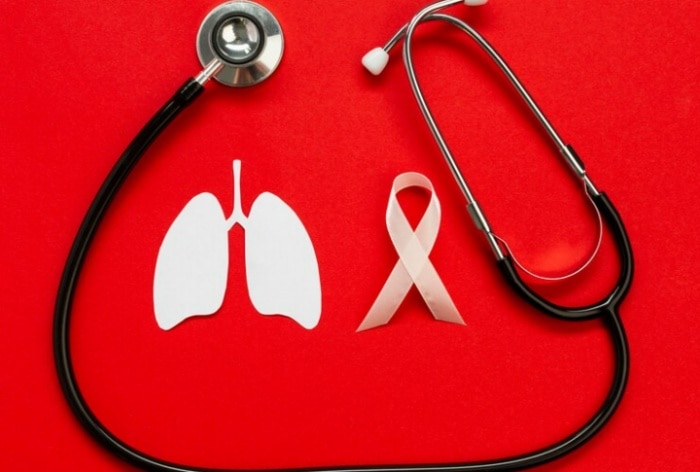Are you a non-smoker? But you can still run the risk of developing infections and other lung-related diseases. This is what we know.
While the cause of lung diseases such as lung cancer and chronic obstructive pulmonary disease has long been linked to smoking, an alarming increase in cases has been observed even among non-smokers, mainly due to passive smoking and air pollution. of the air. Smoking is a leading cause of lung diseases such as chronic obstructive pulmonary disease (COPD) and lung cancer. Quitting smoking can significantly improve lung health and reduce the risk of developing these diseases.
However, a significant increase in respiratory cases has been observed even among non-smokers, experts say.
“These are primarily due to increased exposure to secondhand smoke and increased air pollution, which are important risk factors for lung disease. “Microscopic pollutants have been found to penetrate the lungs and cause cellular damage and inflammation within, which over time can induce cancerous mutations,” Dr Sunil Kumar K, Senior Consultant, Interventional Pulmonology, Aster Hospital, told IANS. Bengaluru CMI.
“This chronic exposure to polluted air not only damages lung tissue but slowly weakens the body’s immune defenses. Even for those who have never smoked, passive smoking represents a serious threat. Breathing in ambient smoke from someone who smokes nearby or persistent smoke indoors can be equally harmful,” the expert added.
Residual toxins, even from thirdhand smoke, that settle on surfaces also put people, especially children and pets, at risk for health problems.
The World Health Organization notes that 99 percent of the world’s population breathes unhealthy air. Climate change is a major factor in air pollution, which can affect lung health. Children, older adults, and people with existing respiratory conditions are especially vulnerable.
Other risk factors for lung problems in non-smokers include childhood respiratory infections that can also prevail in adulthood, Dr Kuldeep Kumar Grover, head of intensive care and pulmonology, CK Birla Hospital, Gurugram, told IANS.
“Repeated childhood infections can cause bronchiectasis in the lungs, and cystic problems can also destroy the lungs,” the expert said.
Lung problems such as respiratory infections, COPD, asthma and tuberculosis infections are the most common among non-smokers, mainly due to low levels of immunity, Grover said.
According to Kumar, people who work in occupations such as mining or construction are even more susceptible, as they are continually exposed to carcinogens, dust and smoke, which harms their health.
Lifestyle conditions, such as obesity or minimal physical activity, also predispose people to disease by decreasing lung function.
“While smoking remains a well-known risk factor, much more is needed to protect our lungs than avoiding cigarettes. We need cleaner air, smoke-free spaces and a better understanding of the various hidden dangers we are exposed to every day,” Kumar said.
